If you’ve got it, they say, flaunt it. And Longines, with a watchmaking history that stretches back to 1832, has taken this advice to heart, flaunting its rich timepiece archives with its ever-growing Heritage Collection of vintage-inspired pieces. Several new additions to the collection have already made their debut this year, including the Legend Diver and Avigation Bigeye, and I recently had the opportunity to wear and review my favorite of the 2017 releases: the Longines Heritage Chronograph 1940, a classically clean, eminently affordable Swiss-made chronograph that takes its cues from one of the brand’s mid-20th-century museum pieces.
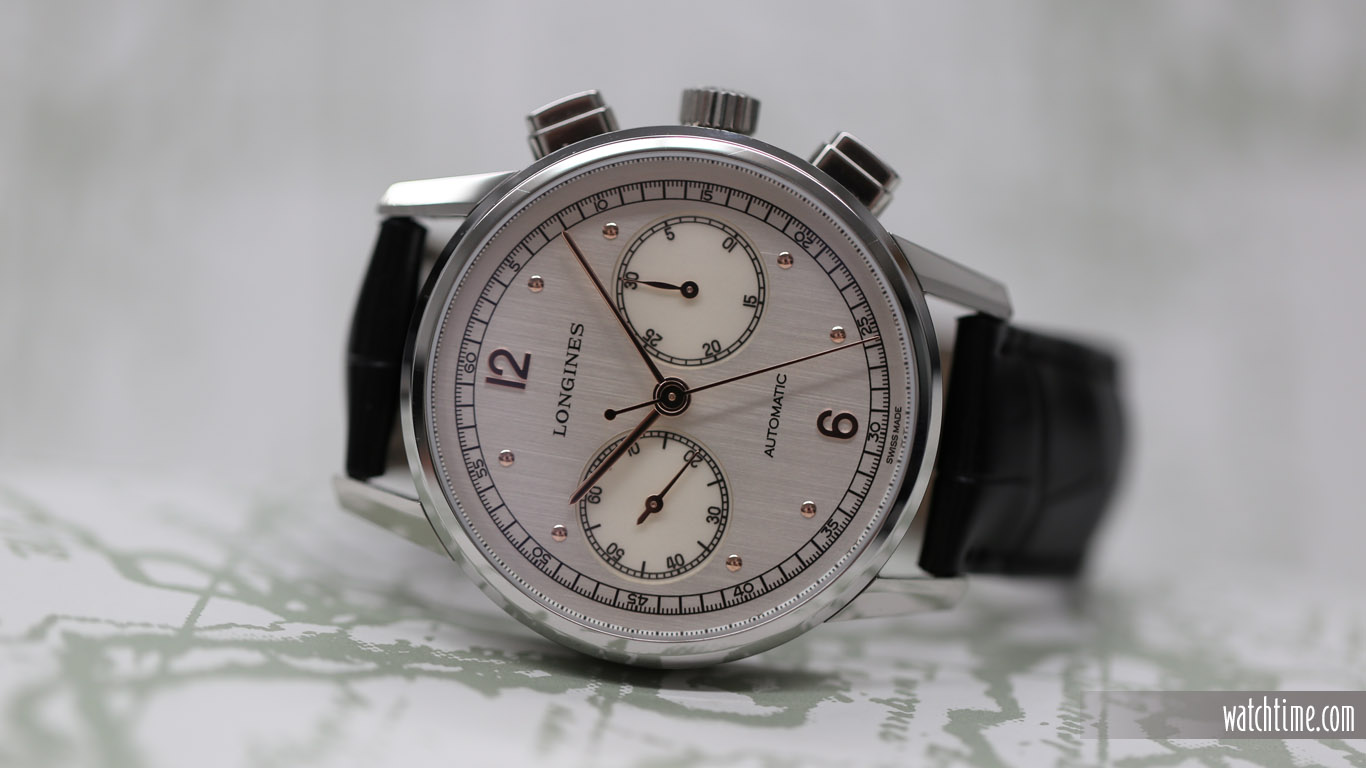
The watch is based on a Longines chronograph from (as one would expect) 1940, a model now residing in the brand’s extensive archive of vintage pieces at its museum in Saint-Imier, Switzerland, which also happens to be the town where Longines was founded, and where it still makes timepieces today.
The round case measures a very contemporary 41 mm in diameter, with a polished finish across most of its many surfaces. It’s fronted by a very thin, stationary bezel that frames a striking, bicompax dial, whose metallic, vertical brushed-pattern finish channels the look and spirit of the vintage piece. Contrasting the round smoothness of the case are the somewhat sharply angled lugs, whose surfaces also sport a gleaming polished finish. The crown is grooved and somewhat small, set close to the case, and emblazoned with a small Longines text and a minuscule version of the brand’s famous winged emblem. The chronograph pushers on either side of the crown are rectangular, with curved surfaces and edges, like shiny little Chiclets. They pop into action with a pleasant snapping sound to activate the start, stop, and reset functions of the chronograph.
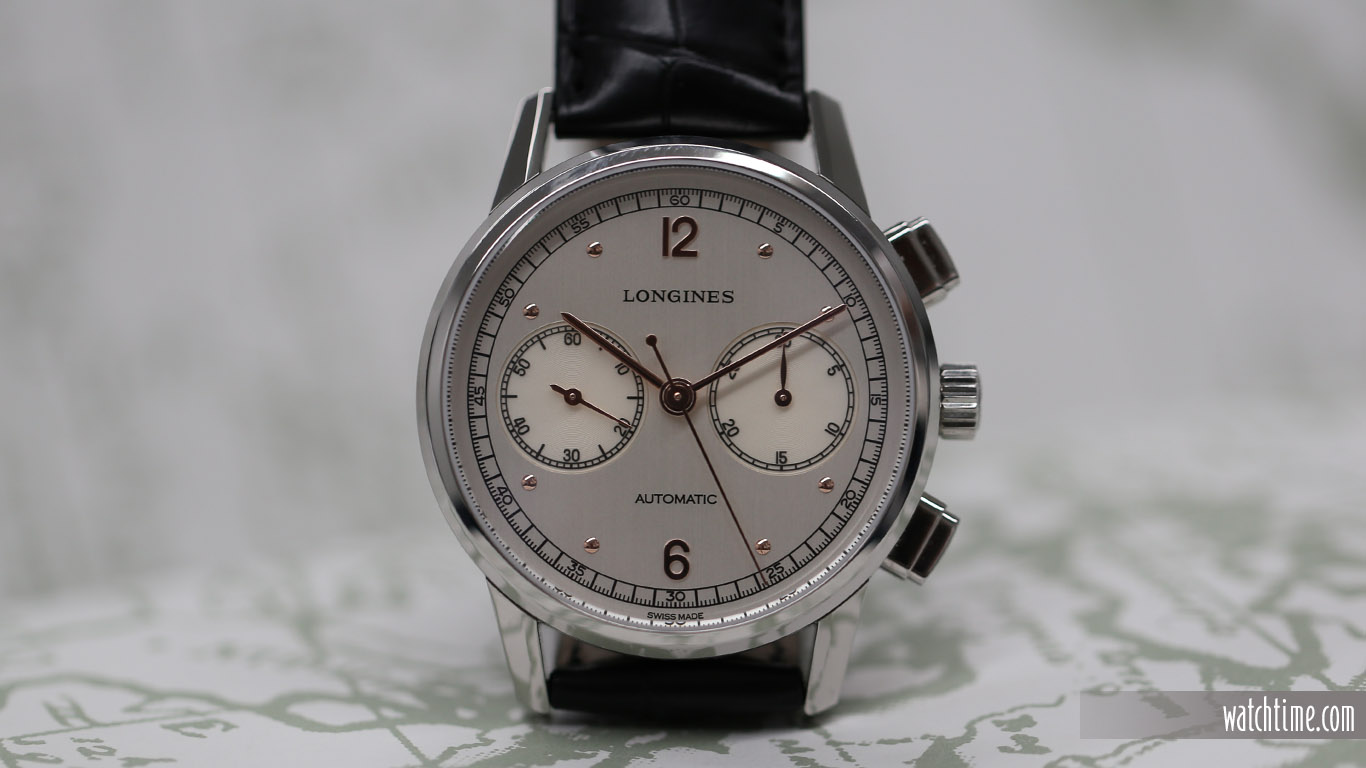
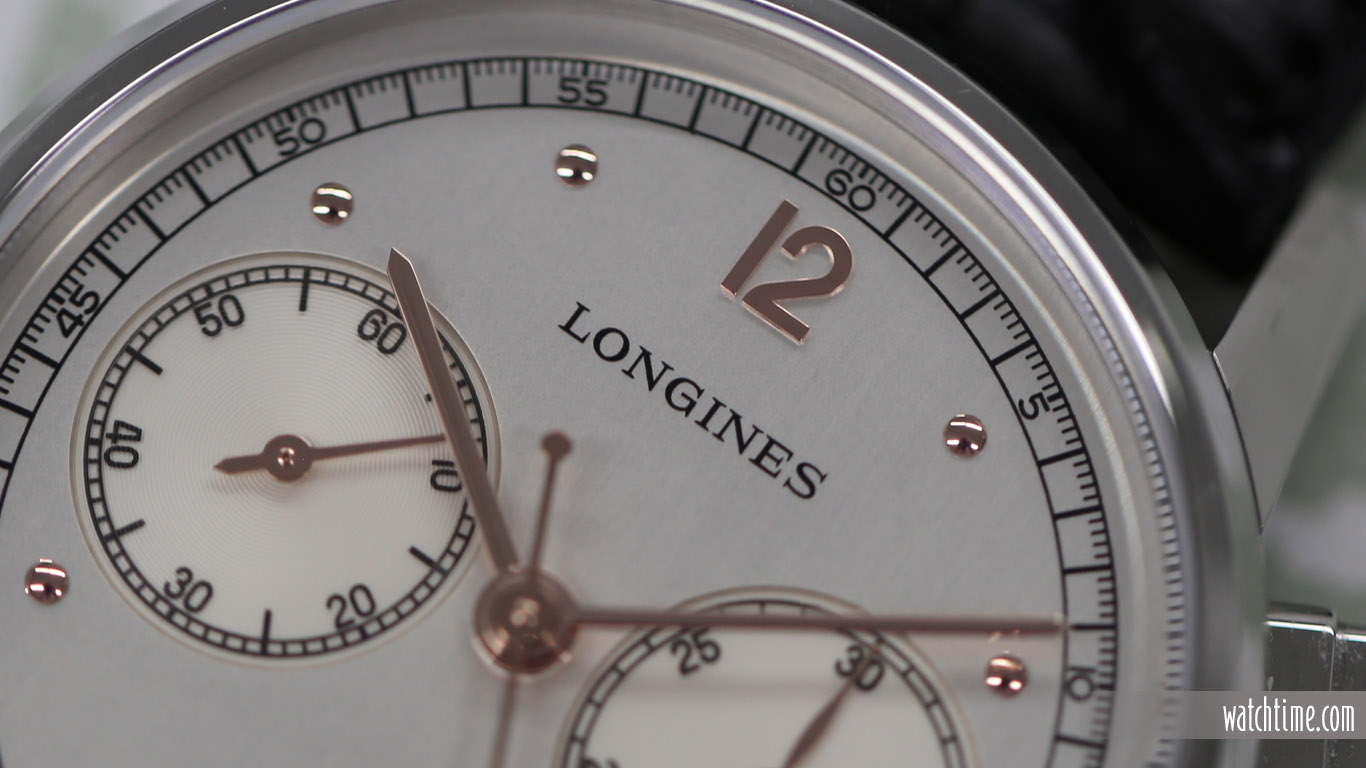
The dial has a subtle but notable two-tone look, with a brushed silvery main dial, surrounded by an old-school railway minute track with Arabic numerals at each 5-minute marker, and accentuated by the two parallel, pearly white subdials for elapsed chronograph minutes (at 3 o’clock) and running seconds (at 9 o’clock). The subdials are each ringed by a tiny railway track and have a discreet snailed motif that is scarcely visible except under a loupe.
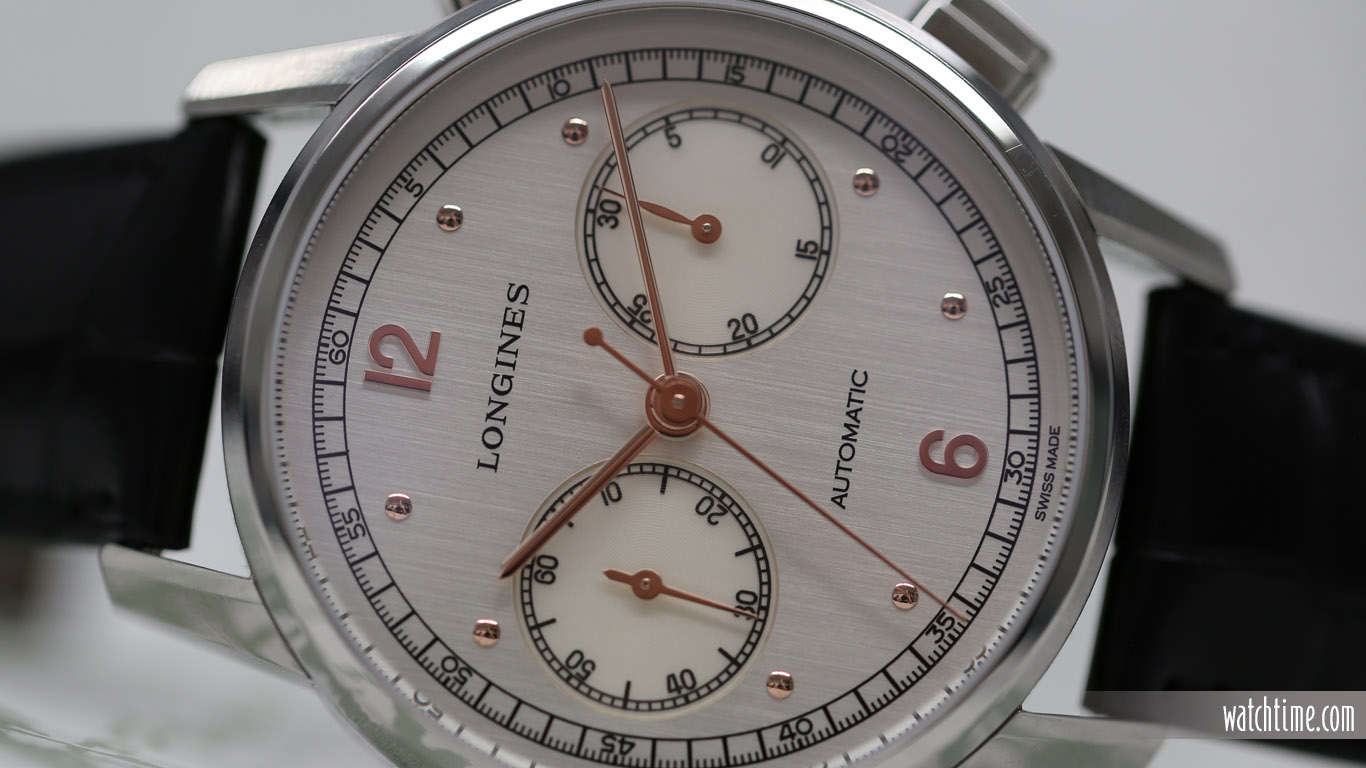
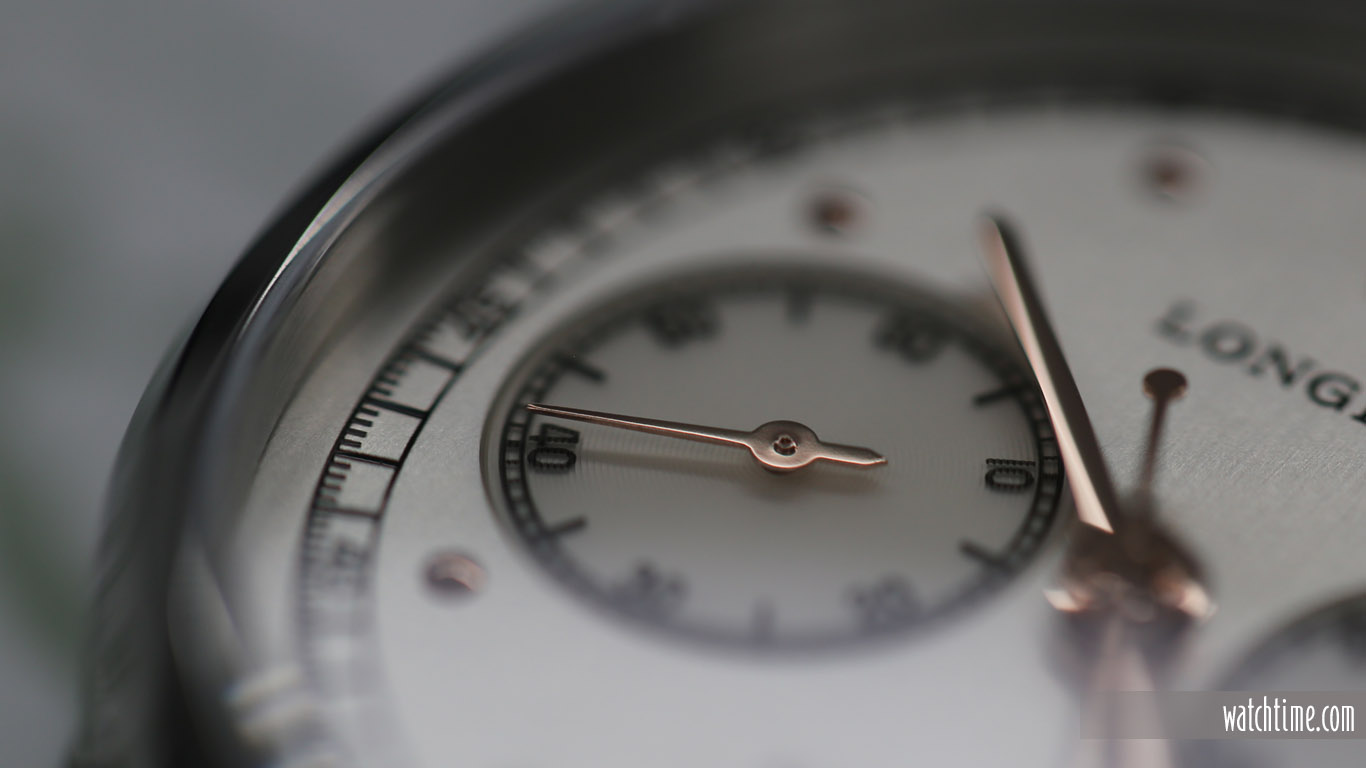
Two applied Arabic numerals, in a period-appropriate font, are set at the 12 and 6 o’clock positions, while dot indices mark the remaining hours. The leaf-shaped hour and minute hands are joined by a thin, stick-like central seconds hand for the chronograph. In another nod to detail, a close look reveals that the hands on the subdials are also slightly different in shape. Longines achieves a nice contrast between hands and dial here without the use of any loud or obviously contrasting colors: the polished hands stand out quite nicely against that brushed background. This only applies to daytime legibility, of course: in keeping with its vintage forebear, this watch does not have luminous material anywhere on the dial. Nor does it have a date indication, which I normally prefer a watch to have, but here I didn’t miss it at all; not to mention that not needing to reset a date function after the watch has been idle for a few days makes re-setting and winding the watch much easier.
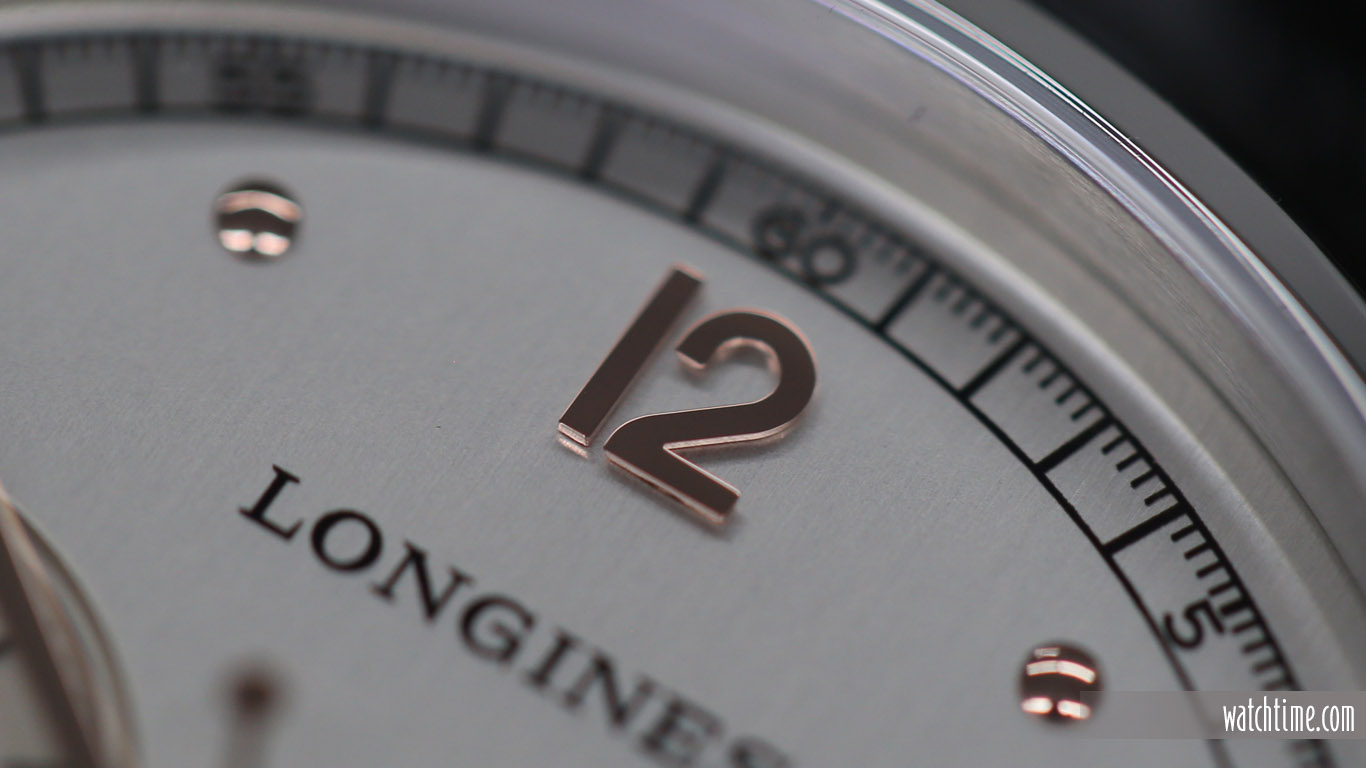
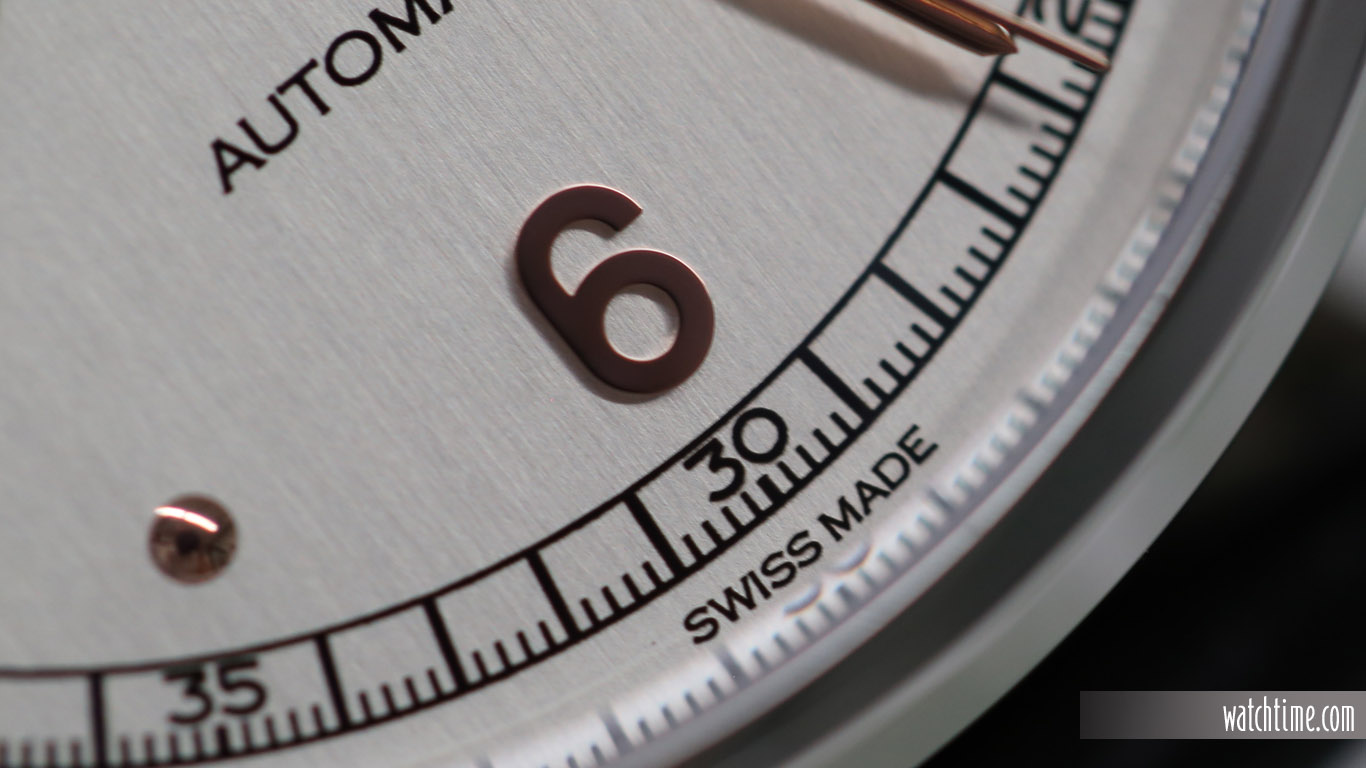
One decidedly non-vintage aspect of the Heritage 1940 is its clear sapphire caseback, which offers a glimpse of the movement, Longines’s self-winding Caliber L.705.2, which is built on an an ETA Valgranges A07.231 base and modified for the brand. The caliber number and a cursive Longines logo is inscribed in a gold color on the winding rotor, which is enhanced with côtes de Genève. Beneath the oscillating weight you can catch a glimpse of the perlage-decorated plates and the rhythmic beating of the balance wheel, which oscillates at 28,800 vph. The chronograph subassembly is also in plain sight, with the gears and other elements clicking into place audibly and visually when the pushers are activated. The movement offers a power reserve of 46 hours.
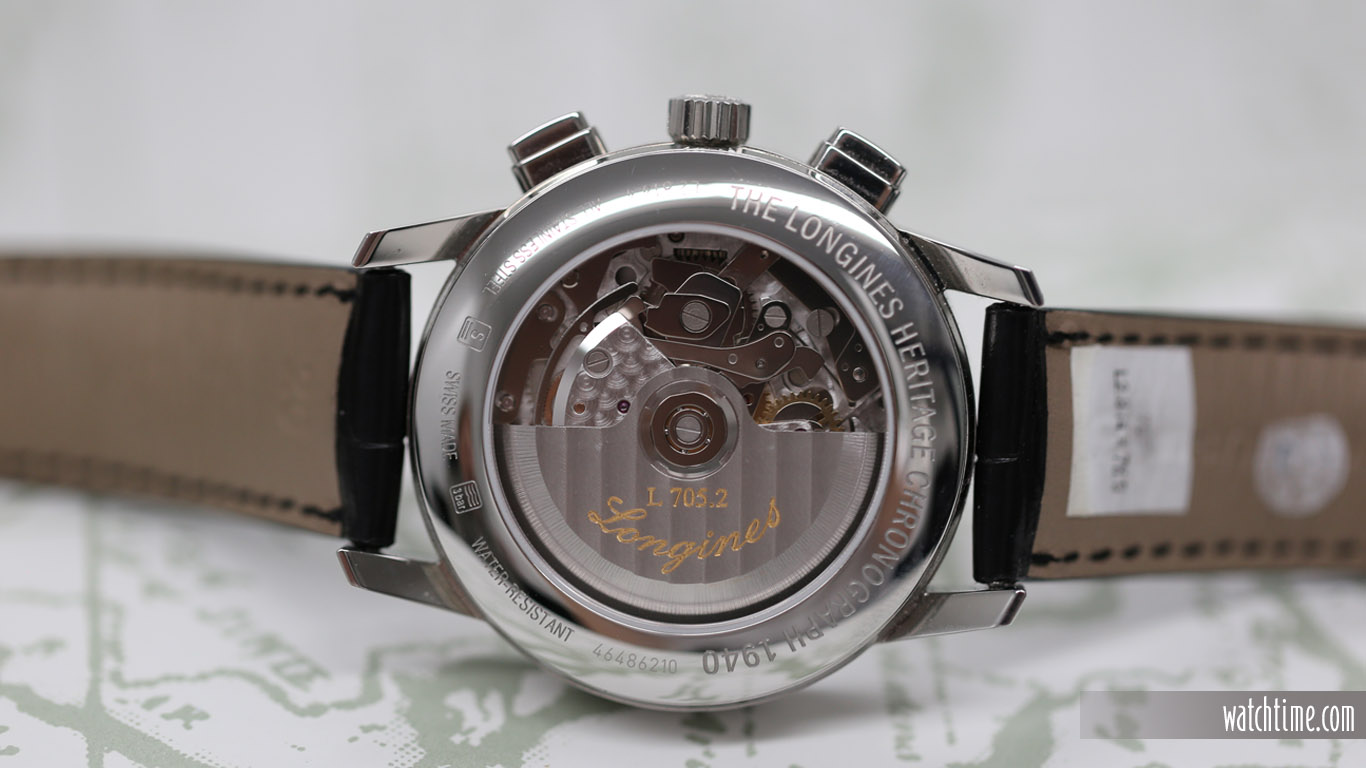
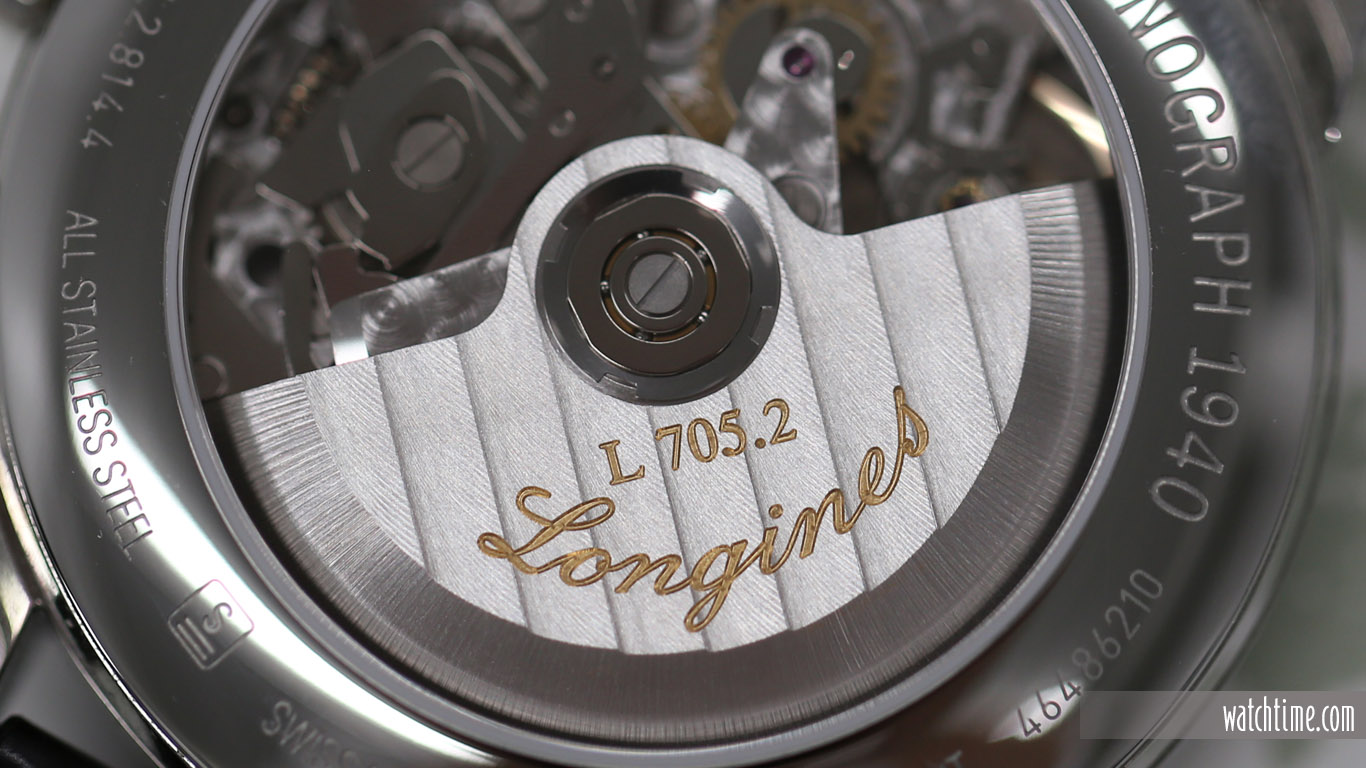
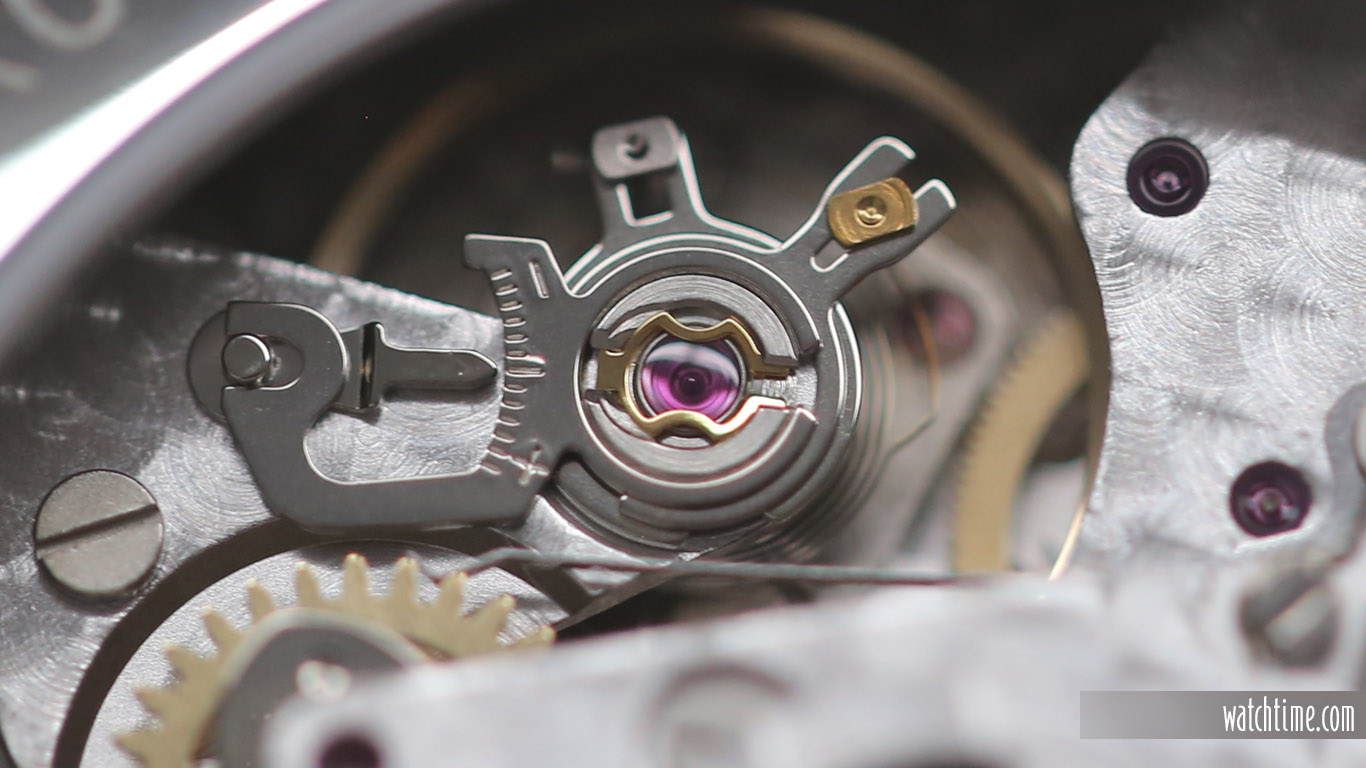
As befits a watch whose design inspiration comes from the early to mid-20th century, the Longines Heritage Chronograph 1940 is mounted on an understated yet still elegant black alligator leather strap and fastens to the wrist — quite comfortably, I might add — with a simple, steel pin buckle with a raised-relief Longines logo. I wore the watch during the two days of last October’s WatchTime New York event, and while the watch doesn’t scream for attention as something bigger, flashier, or more avant-garde would, when it did emerge from under my shirt cuff to catch an eye, it drew many a rave review from the knowledgeable vintage-watch lovers in attendance. Its price — just $2,950 — is sure to win over many converts as well, as Longines continues to find a winning formula in mining its past to forge its future.

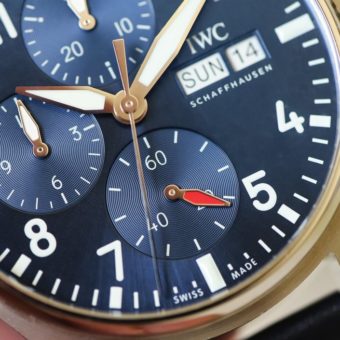
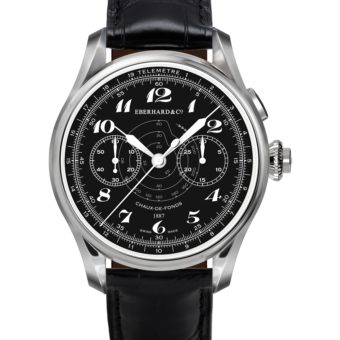
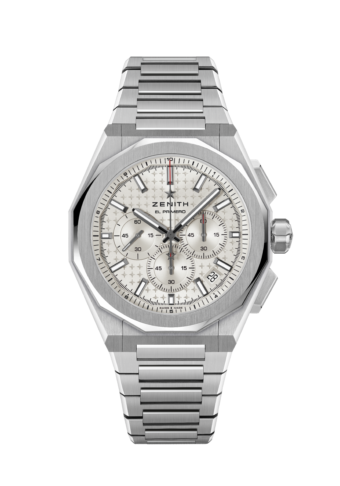
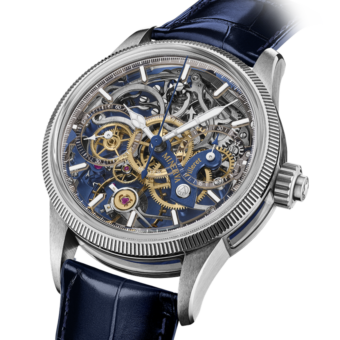
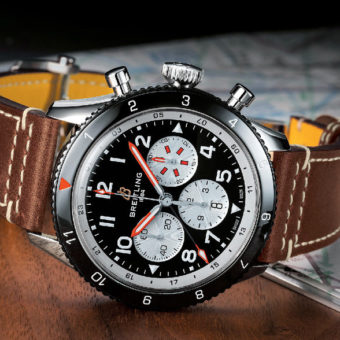
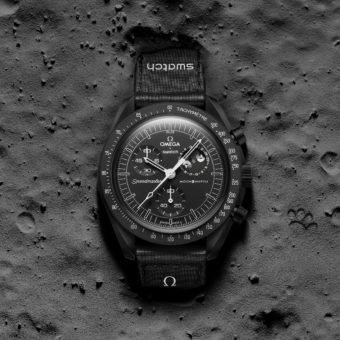
I thought its a lovely watch. Just purchased one for a wedding gift for my son. And he loves it.
Would love to meet the genuius that relegated Longines to such a place in horological pecking order. They have one of the richest vintage design heritage and they have been assigned the third floor of a ten story building. Too bad. Such a shame. Could be so much more.